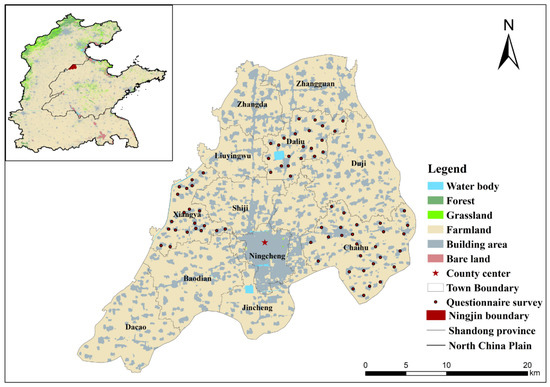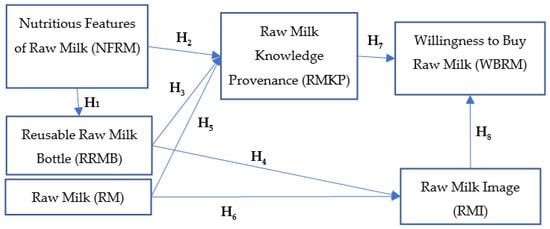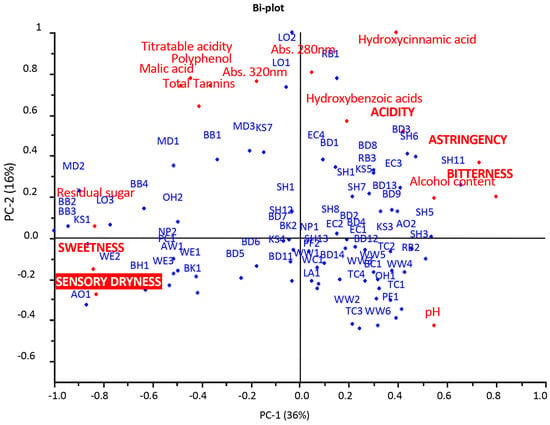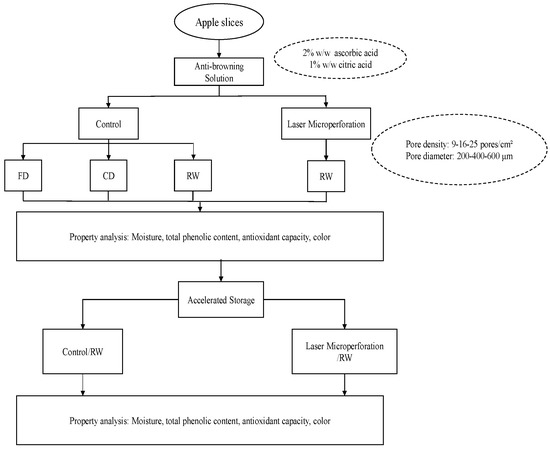Foods 2023, 12(11), 2199; https://doi.org/10.3390/foods12112199 - 30 May 2023
Cited by 4 | Viewed by 4077
Abstract
Dry-cured ham (DCH) could support the growth of Staphylococcus aureus as a halotolerant bacterium, which may compromise the shelf-stability of the product according to the growth/no growth boundary models and the physicochemical parameters of commercial DCH. In the present study, the behavior of
[...] Read more.
Dry-cured ham (DCH) could support the growth of Staphylococcus aureus as a halotolerant bacterium, which may compromise the shelf-stability of the product according to the growth/no growth boundary models and the physicochemical parameters of commercial DCH. In the present study, the behavior of S. aureus is evaluated in sliced DCH with different water activity (aw 0.861–0.925), packaged under air, vacuum, or modified atmosphere (MAP), and stored at different temperatures (2–25 °C) for up to 1 year. The Logistic and the Weibull models were fitted to data to estimate the primary kinetic parameters for the pathogen Log10 increase and Log10 reduction, respectively. Then, polynomial models were developed as secondary models following their integration into the primary Weibull model to obtain a global model for each packaging. Growth was observed for samples with the highest aw stored at 20 and 25 °C in air-packaged DCH. For lower aw, progressive inactivation of S. aureus was observed, being faster at the lowest temperature (15 °C) for air-packaged DCH. In contrast, for vacuum and MAP-packaged DCH, a higher storage temperature resulted in faster inactivation without a significant effect of the product aw. The results of this study clearly indicate that the behavior of S. aureus is highly dependent on factors such as storage temperature, packaging conditions and product aw. The developed models provide a management tool for evaluating the risk associated with DCH and for preventing the development of S. aureus by selecting the most appropriate packaging according to aw range and storage temperature.
Full article
(This article belongs to the Special Issue Risk Identification, Rapid Detection, Prevention and Control of Foodborne Pathogenic Microorganisms)
►
Show Figures













